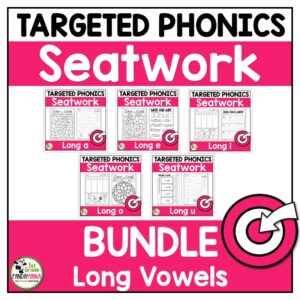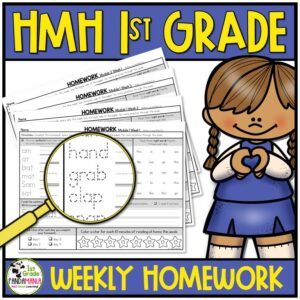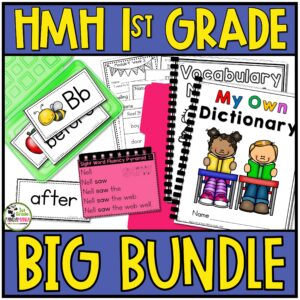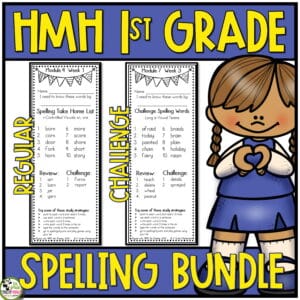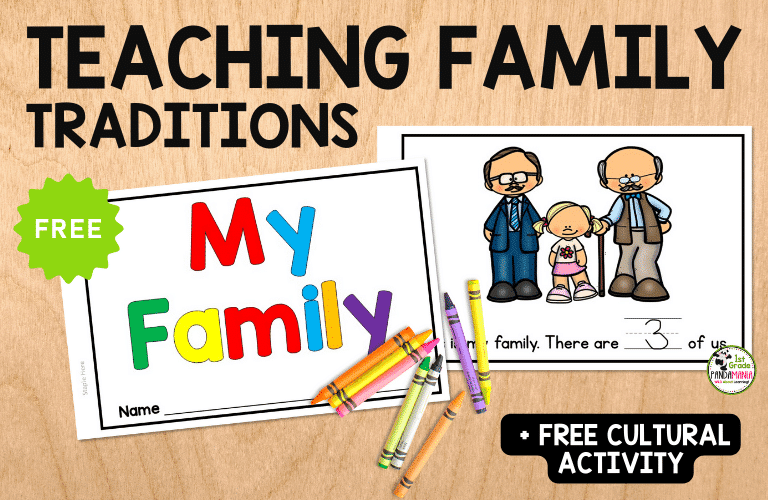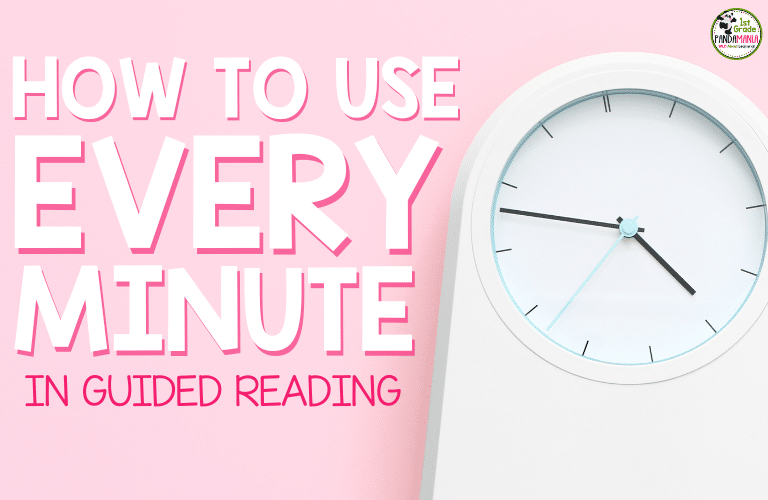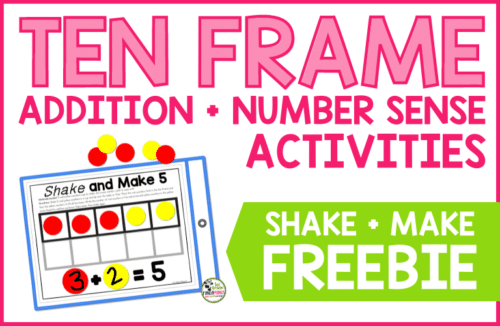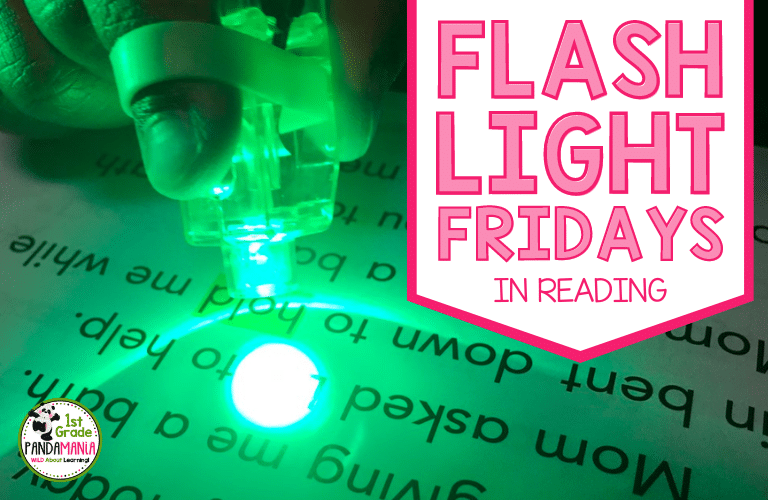5 Ways to Have Engaged Learners During Reading Centers
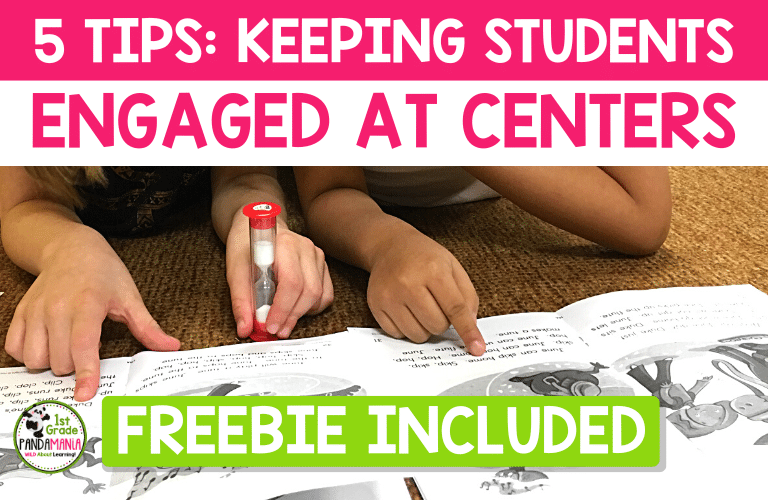
These 5 student engagement strategies will give you engaged learners during reading centers while also providing students with your expectations! As we know, keeping engaged learners during guided reading centers while you are teaching small group lessons is by far one of the biggest challenges in the primary classroom. But it doesn’t need to be that challenging.
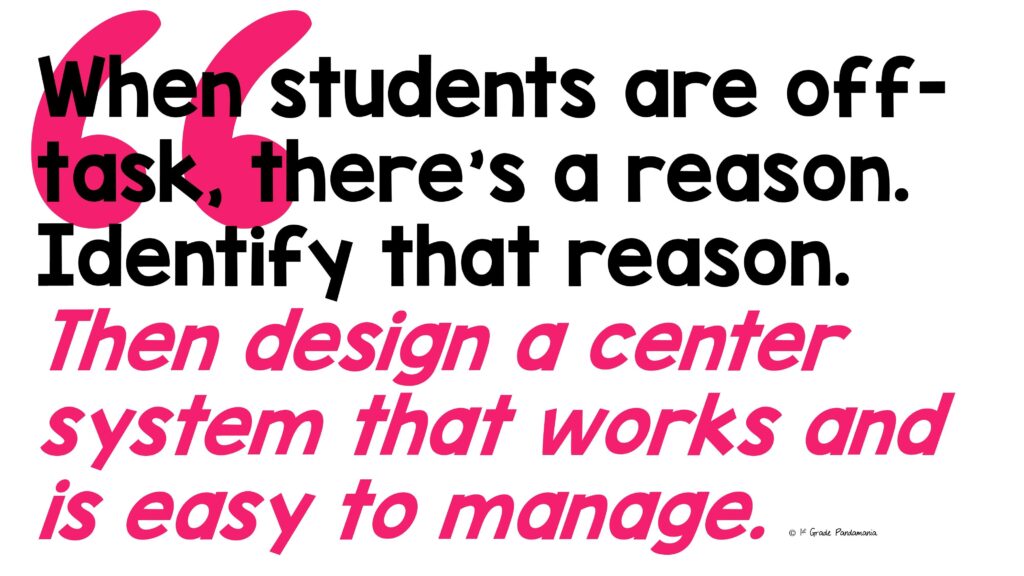
When students are off-task, there’s a reason. Your first reaction may be to discipline. Stop. Take a moment to identify the reason your students aren’t engaged in their centers. Once you have identified that reason, your classroom management solutions may become more clear.
Some reasons your student engagement strategies might be off:
- the task is too difficult/rigorous
- the task is too easy
- the task directions are unclear
- materials needed are not available or unorganized
- students may need more support on a task or with transitions
- too many tasks are expected
- your expectations may not be clear to students
- more practice is needed with transitioning to the next activity
- an established routine is needed

*Keep in mind, there are other reasons a child may be off-task that are out of your control. A student may come to school hungry or tired, or other basic needs of a student may not be met. You may need to seek help from support staff (counselor, admin., etc.) for these students.
Here are 5 great student engagement strategies you can use to get better engaged learners and a happy classroom!

First, decide on a system for your reading centers.
We recommend a Must Do May Do System where students follow a list of Must Do and then May Do activities. This system helps move through predetermined activities to engage students at their own pace while the teacher teaches guided reading lessons to small groups. When the teacher calls the next group, all other students continue to work on their list of activities.
Read more about Must Do May Do Centers in the following blog post: Must Do May Do: An Alternative to Rotating Reading Centers

Second, know exactly what you want your engaged learners to do and how you want them to do it.
Once you have a clear picture in your mind as to what your guided reading centers or your MDMD should look like in your classroom, then you can make those expectations clear to them. Now you can really implement these student engagement strategies without hesitation.
TIP: At first, keep your MDMD activities targeted to their needs and very simple so they are just focused on the routine procedure, not necessarily a challenging task.
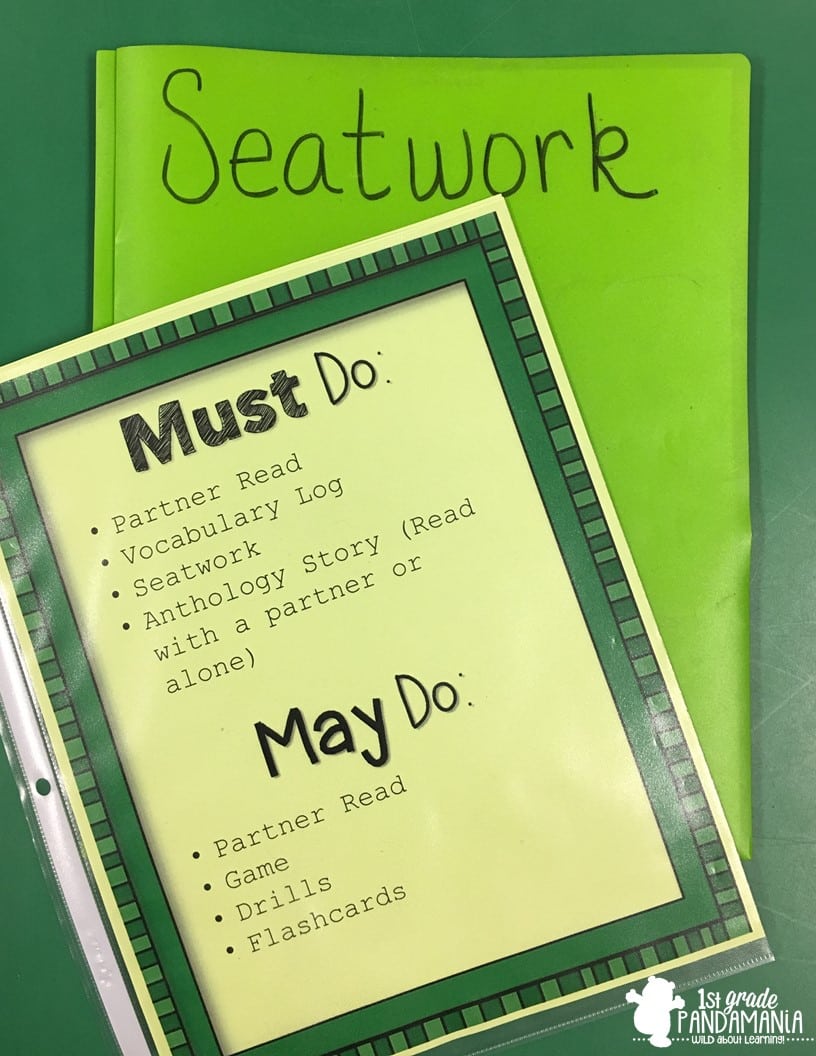

Third, make sure your students know exactly what you expect to have at each center.
Be sure to tell them what to do, model how to do it, and praise them repeatedly when they are doing it right.
Repeat often.
One way to repeat the procedures often is to gather them on the carpet and use MDMD Question Cards or “What do I do when… cards”. Grab a set ready to go near the carpet and easily use them once a week on Mondays. Or you can quickly go through a few of them to restart after the weekend!
Grab your MDMD Question Cards down below!
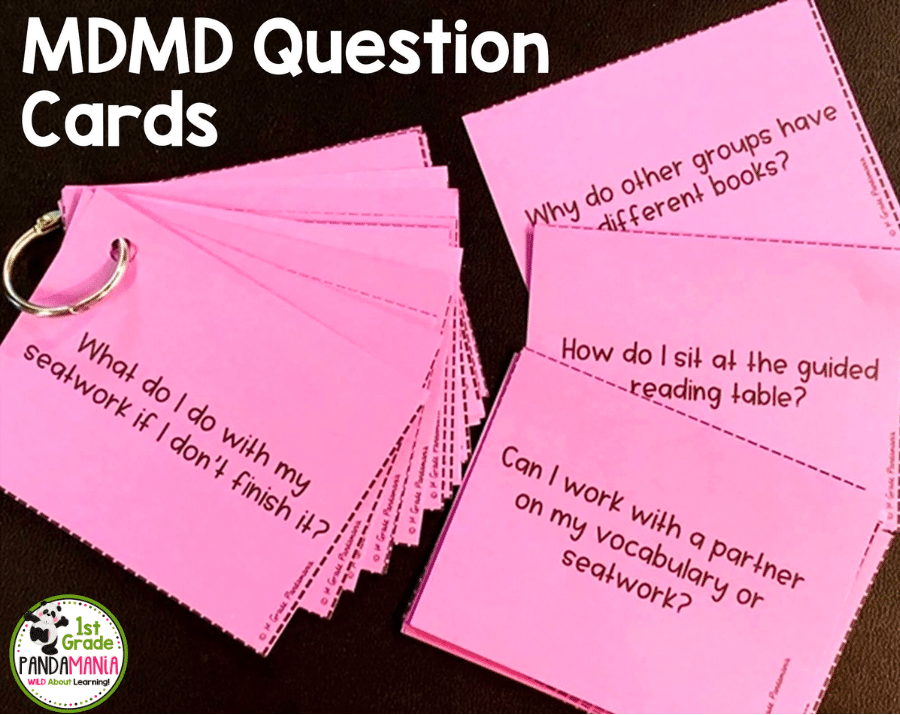

Fourth, keep students engaged by using familiar resources.
Using familiar resources is such an easy change to your student engagement strategies. It’s really simple. Keep a routine with engaging activities for students!
For example, your MUST Dos each week could stay the same: partner read, vocabulary, and seatwork. The only things that change each week would be the books for partner reading, the vocabulary words, and the seatwork activities that you provide in their folders. Keep the MAY Dos similar as well, with Roll and Read activities and other familiar games. Just change the sight words (for example).
-
Product on saleLong Vowel Worksheets Phonics Activities BUNDLEOriginal price was: $17.00.$15.00Current price is: $15.00.
-
Product on saleShort Vowel Worksheets Phonics Activities BUNDLEOriginal price was: $24.00.$19.95Current price is: $19.95.
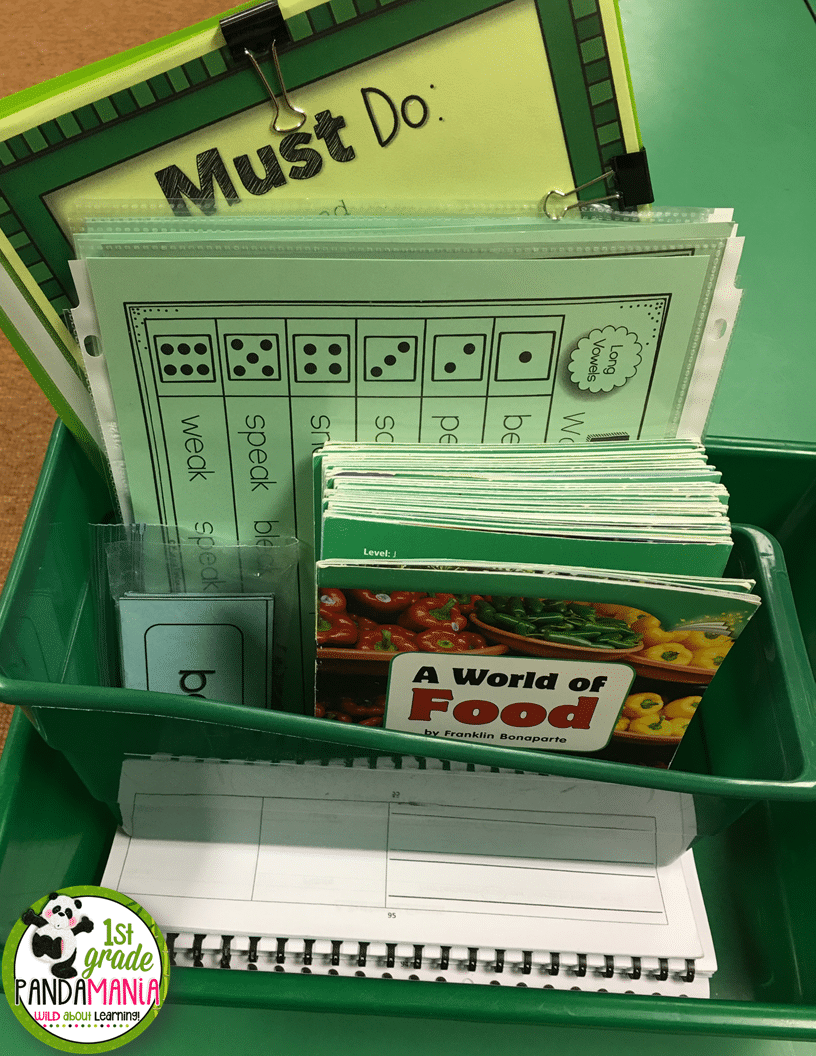
Keep materials organized. Color-code materials for each group so clean-up is a snap.

Fifth, assign an “expert” to help those who need support.
Have the Star of the Week (or pick a student each week) who is the “expert” to help those who need support. Train them and be explicit about what their job entails. This should keep more engaged learners during centers and cut down on the tap-tap-taps from students who ask for help from you while you are teaching guided reading groups.
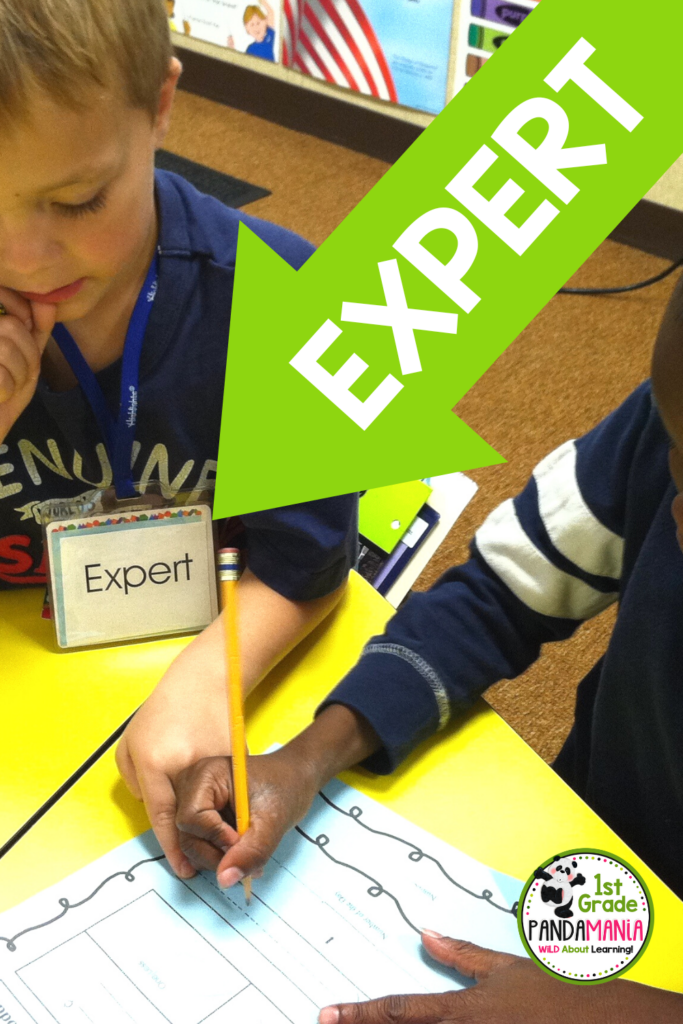
Have your trained student(s) wear a lanyard that says EXPERT and they usually take their job very seriously!
There you have it, 5 of my favorite student engagement strategies. I hope they will help you as much as they’ve helped me and my 1st graders! Let me know if you have any questions or comments below.
Read more blog posts about better student engagement strategies during reading centers:
- The Secret to Quiet Centers and Engaged Students
- 6 Guided Reading Tips That Work!
- Guided Reading: Using Every Minute
- 7 Ways to Squeeze More Into Your Literacy Block
Thanks for stopping by!
-
Product on saleHMH Into Reading Sight Words and Spelling Homework 1st Grade 2020Original price was: $4.00.$2.00Current price is: $2.00.
-
Product on saleChristmas Activities for the Classroom BIG Bundle (1st and 2nd Grades)Original price was: $18.45.$12.91Current price is: $12.91.
-
Product on saleHMH Into Reading Spelling, Sight Words, Vocabulary BUNDLEOriginal price was: $62.20.$49.95Current price is: $49.95.
-
Product on saleHMH Into Reading Challenge and Regular Spelling Lists BUNDLE 1st Gr. 2020Original price was: $7.00.$5.60Current price is: $5.60.
-
Product on saleLong Vowel Worksheets Phonics Activities BUNDLEOriginal price was: $17.00.$15.00Current price is: $15.00.
-
Product on saleShort Vowel Worksheets Phonics Activities BUNDLEOriginal price was: $24.00.$19.95Current price is: $19.95.
-
Product on saleFluency and Comprehension Passages with Long and Short Vowels BUNDLEOriginal price was: $9.00.$7.50Current price is: $7.50.
-
Product on saleGuided Reading Lesson Plan Template and Resources K-2 Fillable FormsOriginal price was: $30.00.$10.95Current price is: $10.95.

